With any great movie comes a barrage of sequels, requeals, remakes, prequels, you name it… One of the most daring franchises has to be The Texas Chainsaw Massacre. Over the years the series has been there, done that — recreating Leatherface's origins just to knock it back down in the next film. With that being said, there have been some great genre staples to come from this wild franchise, so lets rank them and see who will be the undefeated champion.
*From worst to best*
9- Texas Chainsaw 3D (Directed by John Lussenhop, 2013)

Texas Chainsaw 3D is a true stinker! Considering that the gap between the start of the TCM franchise and this film is nearly 40 years, it is nonsensical that this is the best the creators of Texas Chainsaw 3D could come up with. The film is an accidently hilarious sequel that is painfully generic. Being a direct sequel from the original, the essence of backwoods Texas gone rogue remains the same, thus allowing for some redemption when it comes to the dusty setting and the grimy aesthetics. Nevertheless, although director Jon Luessenhop nailed the aspect up a small town loaded with seedy no-gooders, the execution was flawed as a result of every single character being totally unlikeable; yes, even the characters that we are supposed to be rooting for are simply written as pieces of meat for Leatherface to carve his way through.
8- The Texas Chainsaw Massacre: The Beginning (Johanthan Liebesman, 2006)

Coming in as a strong second-to-last entry is The Texas Chainsaw Massacre: The Beginning. This film, directed by Johnathan Liebesman, is a prequel to the 2003 remake which intended to wipe the entire franchise slate clean and start afresh. The successful remake (we'll get on to that later) sparked a wide interest in developing a backstory behind the film's events, leading to this prequel. However, any hope of igniting a spin-off trilogy died a tragic death, mainly due to how formulaic this paint-by-numbers film candidly is. The entire premise follows this sequence: chase scene, hide and seek, jumpscare, chase scene, hide and seek, jumpscare, and so on and so forth. It's not necessarily that Liebesman does not expel talent, in fact he efficiently puts on a great show, the pacing is frenzied leading to a tense ride, but it feels as if this film has been made a million times before. Unfortunately, the originality factor is certainly lacking.
7- Texas Chainsaw Massacre (Directed by David Blue Garcia, 2022)
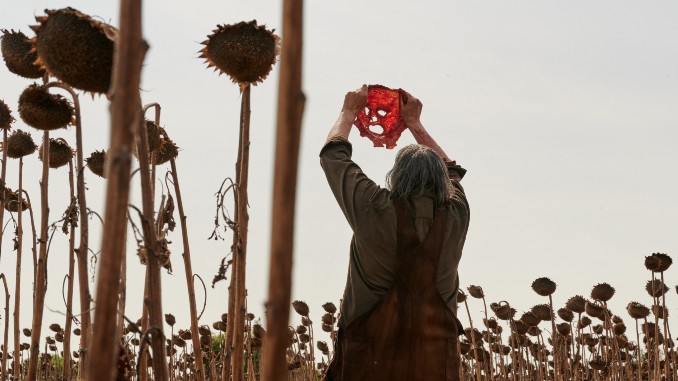
Not only is David Blue Garcia's Texas Chainsaw Massacre the newest film in the franchise, it is also the most opinion dividing one out of the entire series. To pinpoint exactly why this film bares a fued-fuelling reception is difficult. There is plenty of disdain over the pointless plot devices that are thrown out such as gentrification and mass violence, only for the themes to be buried away *very* soon after their abrupt introduction. There is a general understanding amongst viewers that a horror film doesn't have to be seeping in politics to be meaningful, sometimes wicked kills and tense climaxes are more than enough to obtain a rocking reputation. This is where Texas Chainsaw Massacre ultimately withers. The award for brutal ferocity has to be handed to Garcia, he pulled some epic punches when it came to creative kills. Yet, the lack of attention to detail, particularly surrounding the characters mind-boggling decision making and the overthinking of Leatherface's motives is what makes the film number 7 out of 9.
6- Leatherface (Directed by Julien Maury and Alexandre Bustillo, 2017)
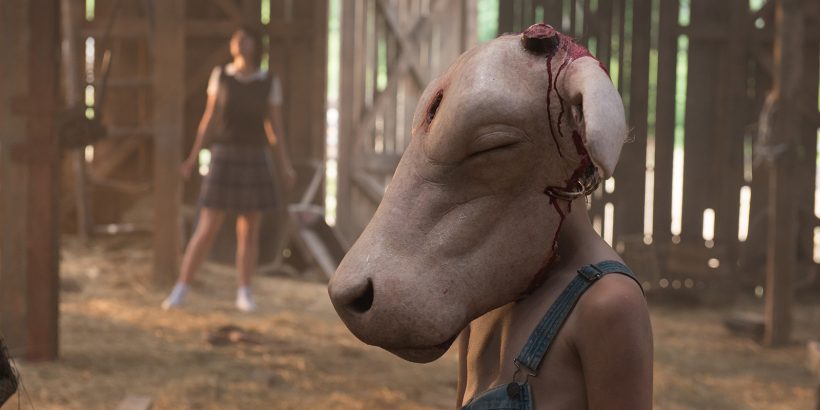
Moving on to the second prequel is Julien Maury and Alexandre Bustillo's Leatherface. Maury and Bustillo previously released the standout French horror Inside (2007), meaning that the then-latest entry into the franchise would be in good hands. And considering the daunting pressure, the duo did pretty well. Unlike the previous prequel, the background story of how Texas's number one torture family came about was not shallow, nor was it reliant on surface levels of childhood trauma as an excuse for violence. Alternatively, they explore this territory of trauma and flesh it out with themes such as family ties, neglect, and abandonment all amalgamating to create a monster. Yet, all of this expansion would not have been the same without the driven performances from every central character, leading to a personable story that dares to provoke a deeper level of engagement from the viewer.
5- Leatherface: Texas Chainsaw Massacre III (Directed by Jeff Burr, 1990)

New Line Cinema saw copious success with Wes Craven's A Nightmare on Elm Street (1984), audiences were craving scares and as with any production company, they saw the potential in buying the rights to The Texas Chainsaw Massacre. The film was plagued by production disruptions and pesky critics who enforced multiple cuts, dishevelling any chance of creating a coherent story. Despite the initial reception, over the years a small but powerful cult fanbase has emerged, ensuring that this film doesn't get lost amongst the massive franchise. The fan reaction is truly deserving as the chaotic display of gratuitous mayhem and bizarre interactions are far more entertaining than what mainstream media gives it credit for. Besides the film being a total blast, it also excels in the subject of meaningless gore, ensuring its place alongside underrated slasher classics such as The Slumber Party Massacre (1982) and The Mutilator (1984).
4- Texas Chainsaw Massacre: The Next Generation (Directed by Kim Henkel, 1994)

It's safe to say that horror films surpassing the twenty-year mark are retrospectively favoured, albeit in ode to the somewhat vintage nostalgia effect, or simply due to the lack of overly seasoned CGI. And although the TCM franchise has a rocky reputation, there is one entry that has never garnered much praise or recognition- Texas Chainsaw Massacre: The Next Generation. Matthew McConaughey and Renée Zellweger may be busy lugging around a suitcase brimming with Academy Awards and Golden Globes, but back in the day they both starred in Kim Henkel's take on a group of teens who encounter Leatherface and his crew on the most important night of their adolescent lives (prom!). Henkel already had a bloodline within the franchise after co-writing the original 1974 hit. Together Hooper and Henkel crafted this masterful script that dared to employ exploitation as a medium to dissect cultural ideologies within America. Whilst the allegorical form cemented the film's rich success, Henkel renounced this earnest path in honour of ensuring that Next Generation would helm to a tongue-in-cheek style of humour that boasts ridiculous dialogue and messy scenarios that are so bizarre they verge on the side of surrealism. Despite the consensus, there is a real beauty hidden amongst the madness. Nothing really makes sense, everything is a bit of a charade, but one thing's for sure, you are guaranteed a wild fun ride that will stand out amongst the rest for a very long time.
3- The Texas Chainsaw Massacre (Directed by Marcus Nispel, 2003)
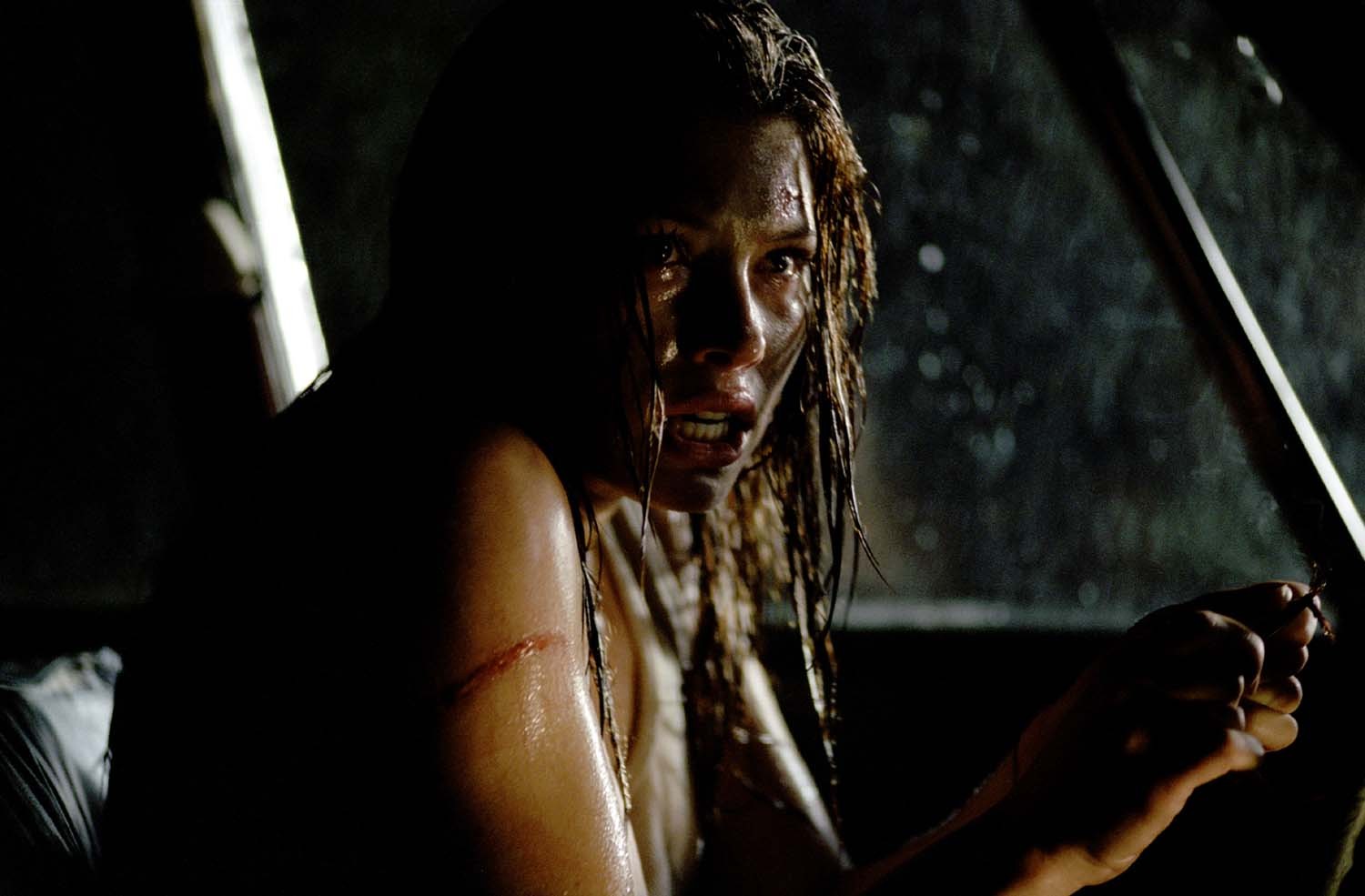
The art of perfecting a remake is akin to a boxing ring, where the audience raises an original piece of work against a retelling to see who's the winner; and Marcus Nispel's 2003 remake of Hooper's classic undoubtedly puts up a fight. What allows Nispel's take on The Sawyer's to be quite the triumph is the endless brutality that begins within minutes of the film's opening, Nispel aims to expel as much vile and volatile content as he possibly can. The 'full steam ahead' narrative did not sit well with critics at all. Complaints ranged from the excess of shock, to the brutish manner in which the subject is handled. Although it's true that Nispel isn't delicate within his portrayal, that doesn't mean that the film is any less entertaining. The early 2000s saw a rise in splatter films (also dubbed torture porn) that had no qualms in going full throttle on gore. Whilst Saw (2004) and Hostel (2005) garnered a lot of recognition in rebirthing the subgenre, it was The Texas Chainsaw Massacre (03) that belongs to that initial dive into 'bloody for the hell of it' horror. And for that reason, alongside the excellent final girl portrayal from Jessica Biel, Nispel deserves the third spot on this list.
2- The Texas Chainsaw Massacre 2 (Directed by Tobe Hooper, 1986)
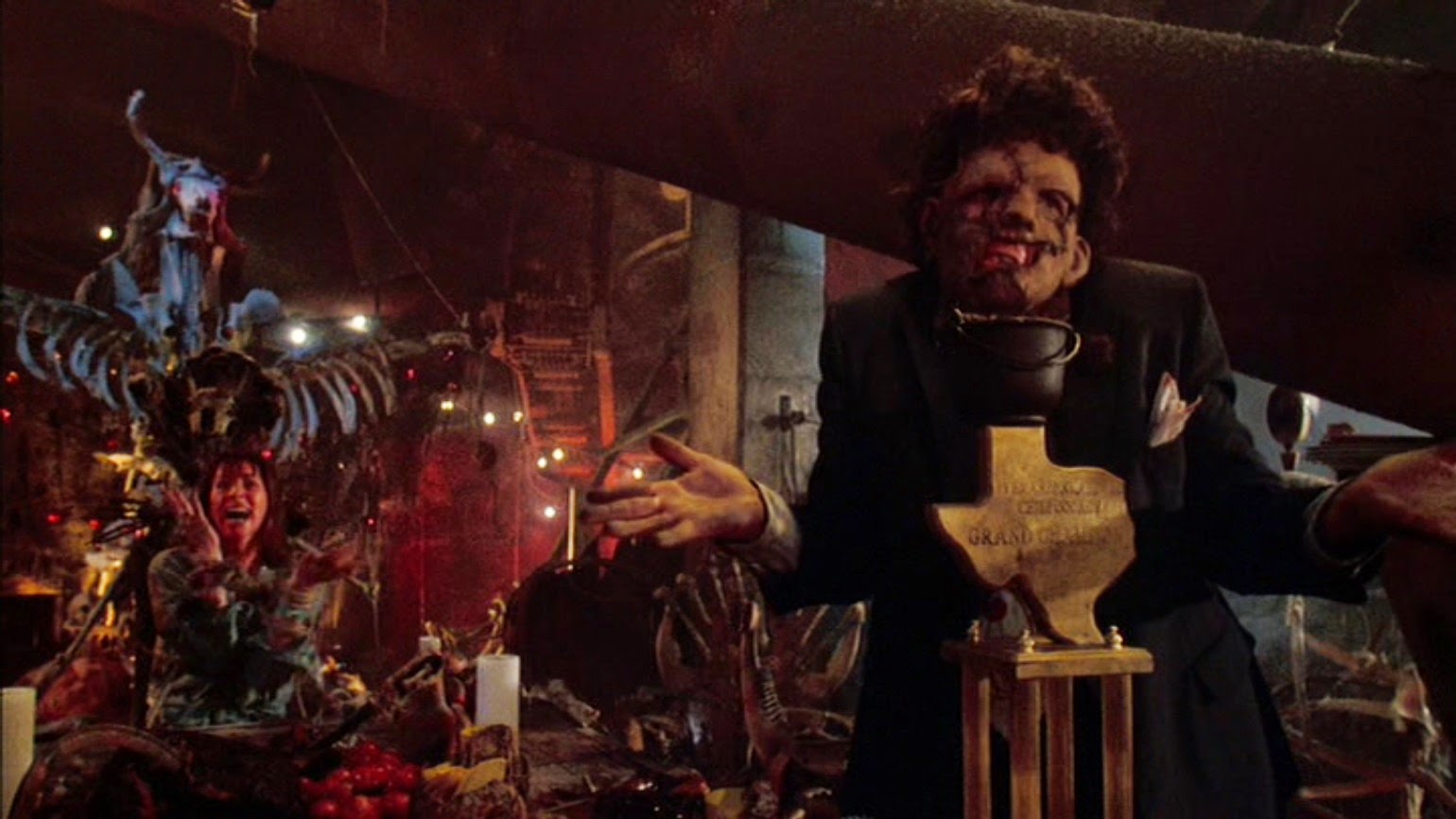
D'you know what works a treat in horror movies? … chainsaw wielding maniacs. Guess what also works great in a horror movie— seeing Dennis Hopper and Caroline Williams battle against the most enjoyably preposterous version of The Sawyer family you'll ever see. Every single second of this sequel is exciting and thrilling, not at any one moment do you know what direction you're heading in, ensuring a crazy trip for both hardened horror fans and genre rookies. Tobe Hooper was a cinematic legend, partly due to his ability to take dark subject matter and develop it into serious cinema, but that success was also a consequence of his aptness to create eccentric films that dared to be different and go against what studios demanded.
When this sequel was made, Hooper found it difficult to secure funding, no one wanted to take a chance. Even once the film was fully completed, producers were unhappy with the dark comedy results. Makeup artist Tom Savini also received backlash regarding Leatherface's appearance, apparently it was too polished! Over the years critics praised the 1974 original, and so they should, but there was always that certain charm missing from reviews because the film was defined as a 'horror'. The mainstream criticism about the sequel regarded Hooper's lack of socio-political commentary. And in the knowledge of that, this film takes any form of allegorical reading and throws it in the trash as an indirect comment to pretentious media outlets who think that horror cinema (unless symbolic) is not worthy of fame. His message wasn't in vain as the film now has a beyond impressively large cult status, and has since gone on to be one of those most beloved films out of Hooper's entire career.
1- The Texas Chainsaw Massacre (Tobe Hooper, 1974)
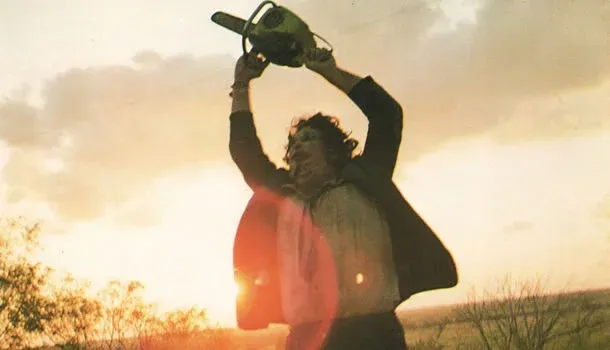
It would be criminal to not place The Texas Chainsaw Massacre (1974) as the number one spot on this ranking. To this very day (a whole 48 years later) this film still has the viewers on the edge of their seats, nail biting over what happens next. What transcends the film into an even higher level of achievement is its independent background. Hooper was employed as an assistant director at Austin University, whilst doing documentary camerawork on the side. Together with Henkel, he took inspiration from the cultural landscape at the time. The issues explored revolved heavily on America's coverup of worldwide conflicts, hence the film's fake narrational warning that the "film you are about to see is true". From this point, a series of additional affairs came to light, such as the embodiment of technological advancements making rural society obsolete. Hooper and Henkel delve into creating a hefty framework with ease, but that is certainly not the film's only winning factor. The aspect of less is more rings entirely true within the film. The censor boards in many countries saw TCM as a threat to society, banning it almost immediately. However, the film is far from a bloodbath, with the implication of the characters' deaths taking control. To succeed in creating a sense of visceral dread amongst the viewer, all whilst limiting the actual 'telling' of events is still commendable to this day.
Looking for more top horror lists and reviews? Check out our blog here..
